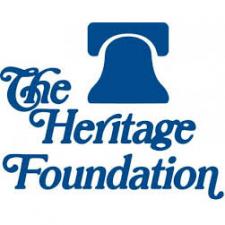“It was late in the afternoon on a warm Friday in early fall and Doug Sumrell was mowing the lawn outside his suburban home in Evans, Georgia. As he pushed the mower across the yard, Sumrell began to feel faint — his chest tightened and the back of his neck started throbbing — so he went inside to take a break and drink a glass of water. But each time he went outside to finish the job, the feeling came back. He drove himself to the hospital as the sun was setting. On the way there, he left a message for his primary care doctor, Dr. Paul Fischer.
At the hospital, a cardiac enzyme test showed Sumrell’s levels were extremely high, a strong indication that Sumrell had experienced a heart attack. The emergency room doctors said that they wanted to admit him, but it was already after midnight and Sumrell’s symptoms had subsided. His wife was out of town and their dog Buddy needed to be let out. Sumrell checked himself out of the hospital.
He was jolted awake at 7:30 a.m. by the telephone. Dr. Fischer was on the line demanding that Sumrell return to the hospital immediately to meet Dr. Faiz Rehman, a cardiologist and friend of Fischer’s, to examine his heart. Within 15 minutes of arriving, Sumrell was in the hospital’s “cath lab,” where Dr. Rehman inserted a catheter through Sumrell’s groin and into his heart, allowing him to see blockages in Sumrell’s arteries. The news was bad: his left anterior descending artery — also known as the “widow maker” — was up to 98 percent blocked. “Lord, I would’ve stayed home and not told anybody if Dr. Fischer hadn’t interceded and gotten me down there and arranged everything,” Sumrell told me.”
The Secret Committee Behind Our Soaring Health Care Costs
You are here:
- Home
- Affordability
- The Secret Committee Behind Our Soaring Health Care Costs






